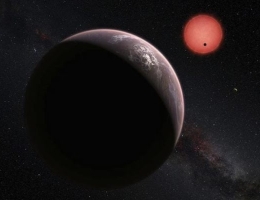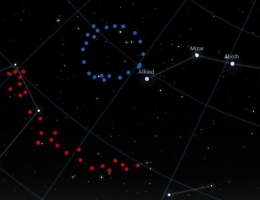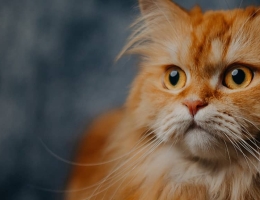
Cat-astrophe: Cats eating up over 2,000 animal species globally causing extinctions, study says
The scientific community has presented compelling evidence that free-ranging domestic cats possess a remarkably diverse diet, consuming over 2,000 animal species globally, with hundreds of them at risk of extinction.
Auburn University ecologist Christopher Lepczyk led a comprehensive analysis, consolidating a century's worth of research worldwide.
The findings reveal that cats' voracious appetites pose a significant ecological threat, impacting 347 species at risk of extinction, with 11 already declared extinct in the wild.
The scope of feline predation extends beyond birds, affecting 463 reptiles, 431 mammals, 119 insects, 57 amphibians, and 33 other species.
The ecological dilemma prompts contemplation on potential solutions, including the controversial idea of eliminating cats. However, the cultural significance of cats complicates such discussions.
Since their domestication around 10,000 years ago in the Middle East, cats have become adept opportunistic carnivores, adapting to diverse environments.
Christopher Lepczyk, with two decades of research on cat diets, emphasises the need to address the impact of cats on various animal species, striving for a balance between conservation and pet owners' interests.
Monitoring a cat's diet involves creative approaches, from examining vomit and litter box contents to fitting cats with GoPro-like cameras. The challenge lies in distinguishing between hunted and scavenged items.
Elizabeth Gow, a research scientist, overcomes this obstacle by documenting cats' hunting behaviours through cameras, capturing astonishing instances like a cat taking down a rabbit larger than itself.
The global issue of cat predation and its environmental consequences, particularly on bird populations, has garnered attention. With millions of predatory felines, both domestic and feral, causing significant environmental harm, experts underscore the need for control.
The study's data encompassing various regions reveals the disproportionate impact on islands, where native species face extinction due to feline predation.
Despite the undeniable ecological impact, the level of insight into cat diets varies across regions. Australia, facing a severe mammal extinction crisis, has declared war on feral cats.
However, attitudes toward cat containment differ globally, posing challenges to implementing uniform solutions. Cultural nuances influence perceptions, with some regions favouring pet containment for ecological reasons.
Experts caution against scapegoating cats, emphasising broader human-induced environmental issues like deforestation, urban development, and climate change. While acknowledging the challenges, scientists advocate for responsible pet ownership as a key strategy.
Educating cat owners on creating enriching indoor environments, implementing outdoor enclosures, and using pet strollers can contribute to safer, ecologically friendly feline lifestyles.
In conclusion, the scientific revelations about cat diets highlight the complex interplay between conservation concerns and cultural attitudes toward cats. Striking a balance requires a nuanced approach, incorporating responsible pet ownership practices to mitigate the environmental impact of feline predation.





